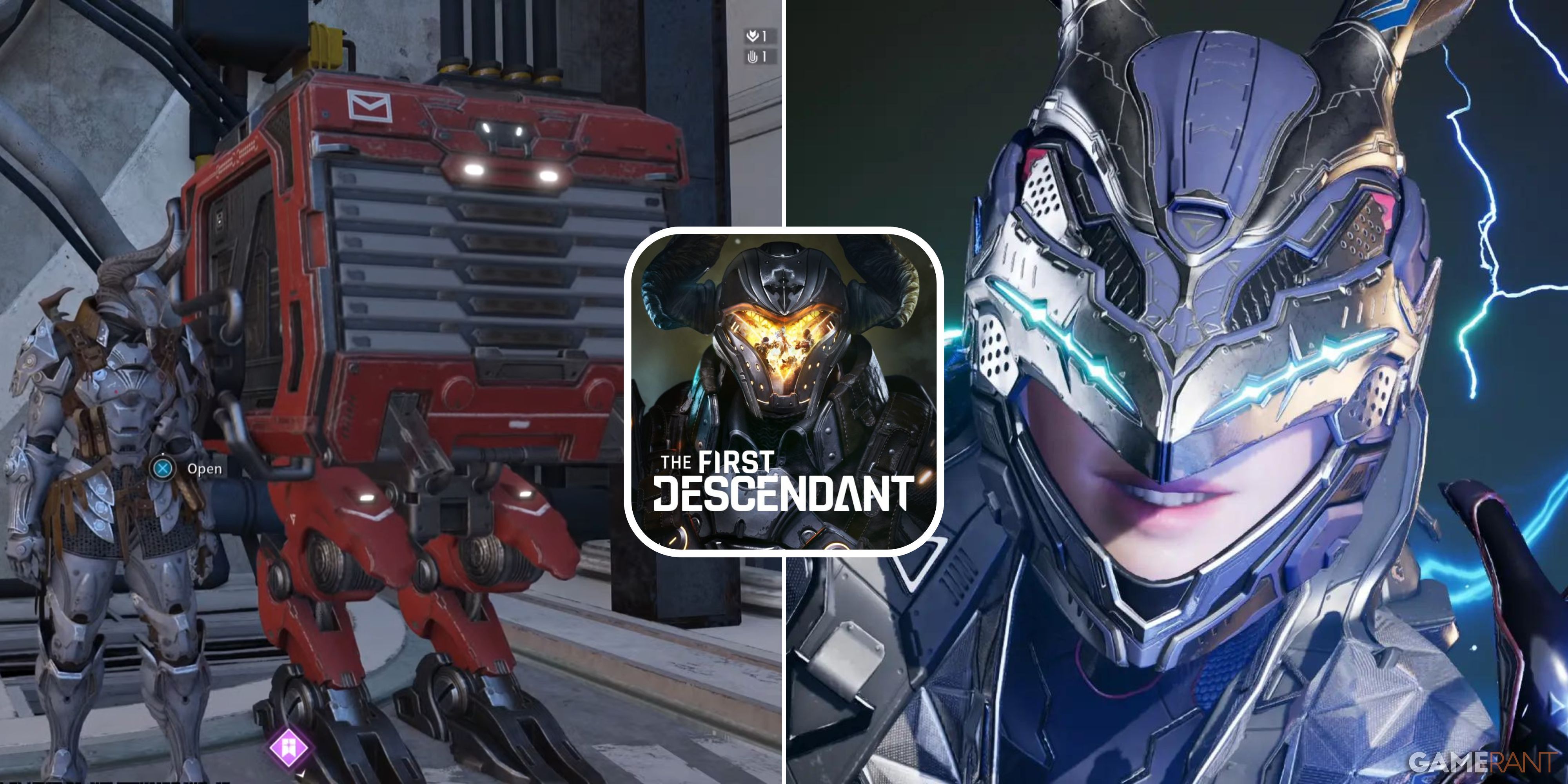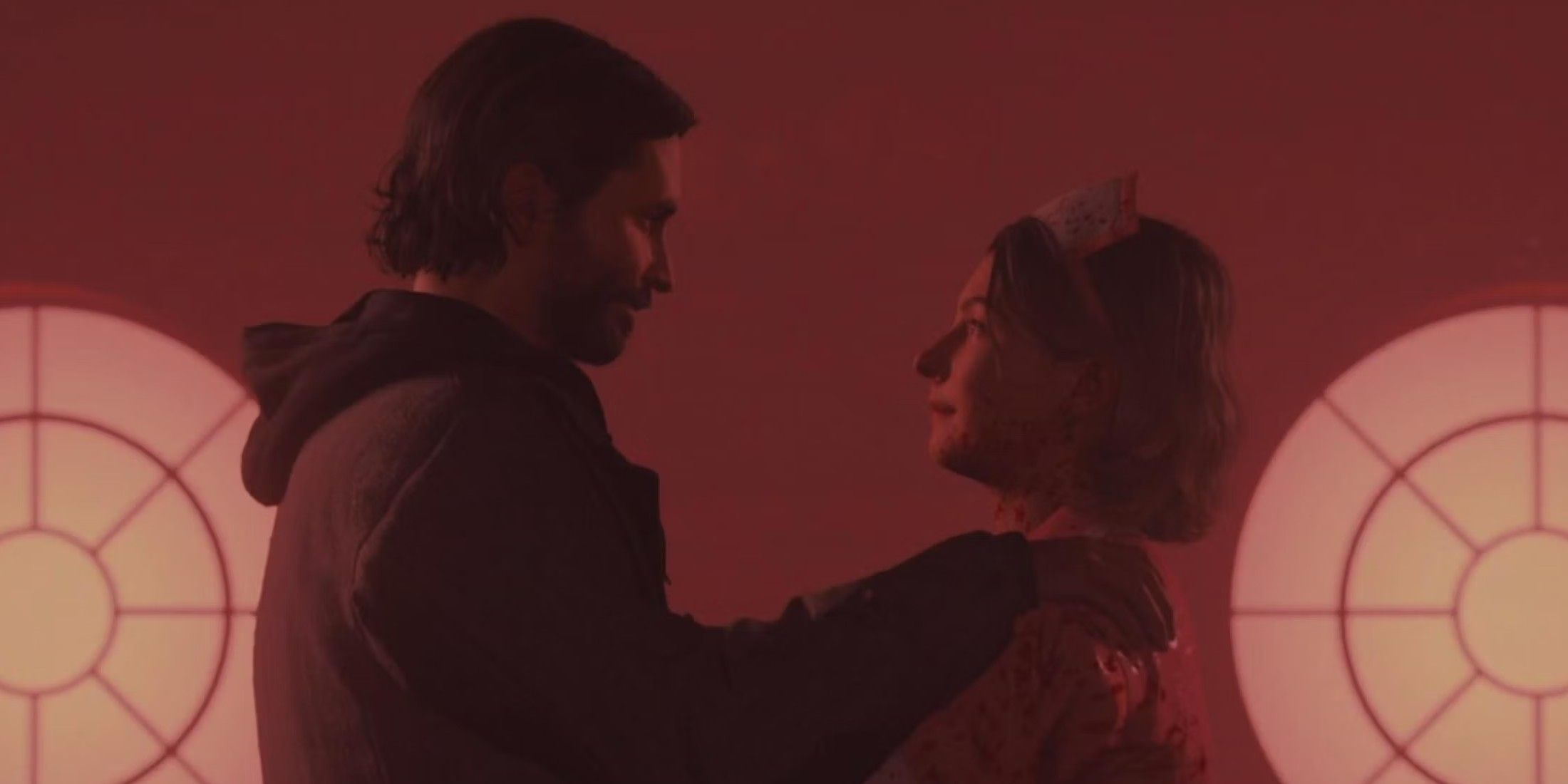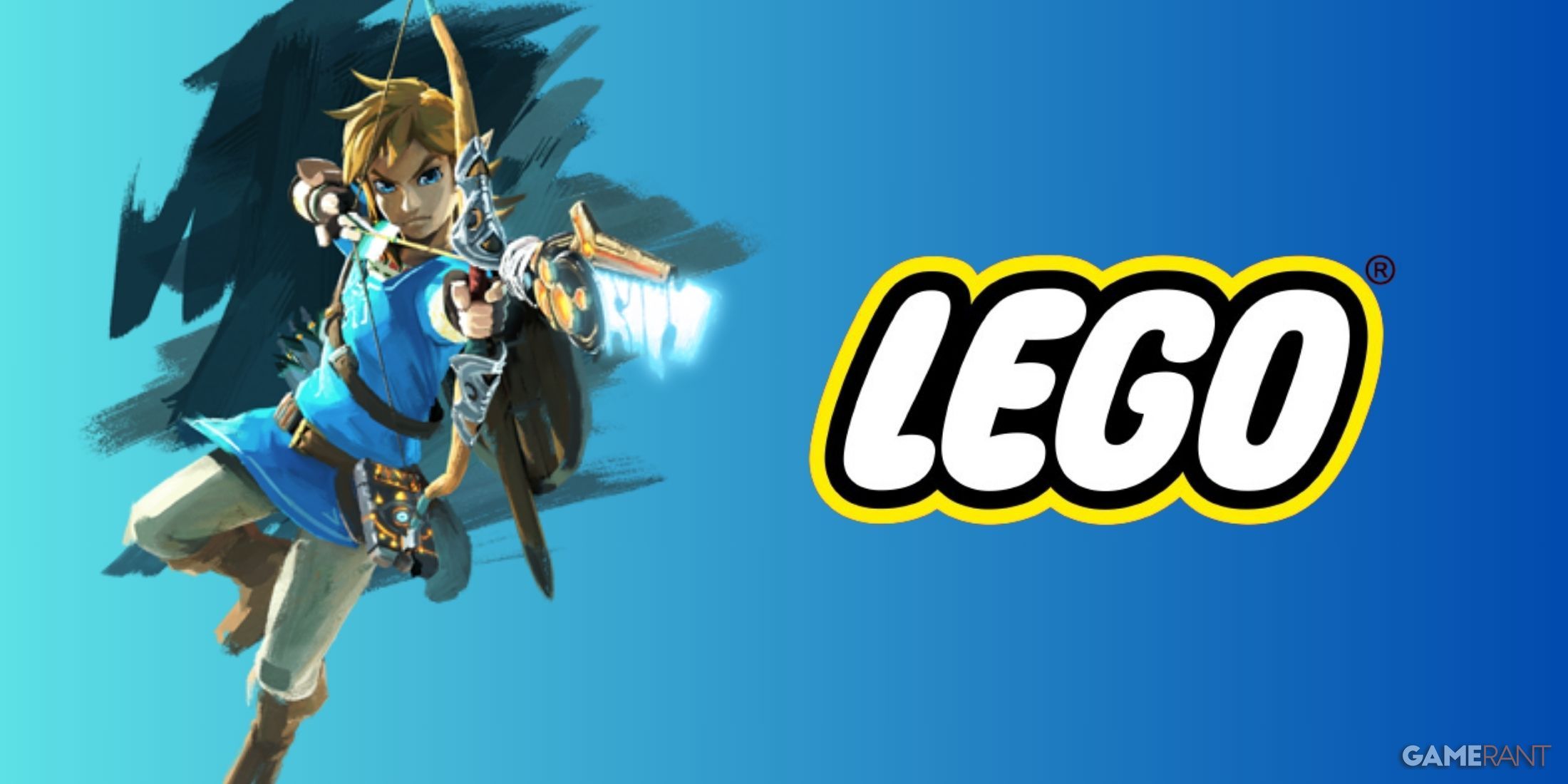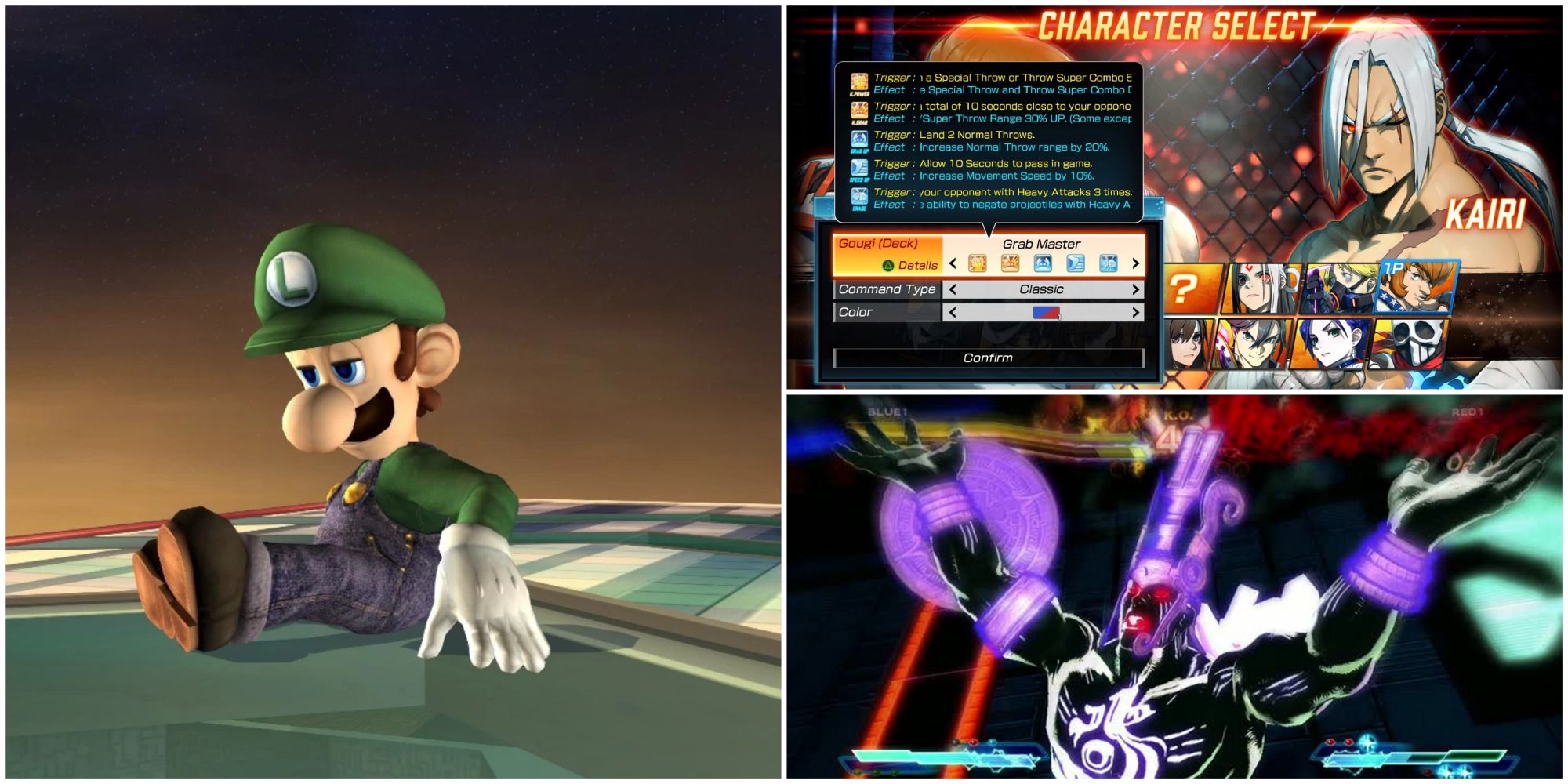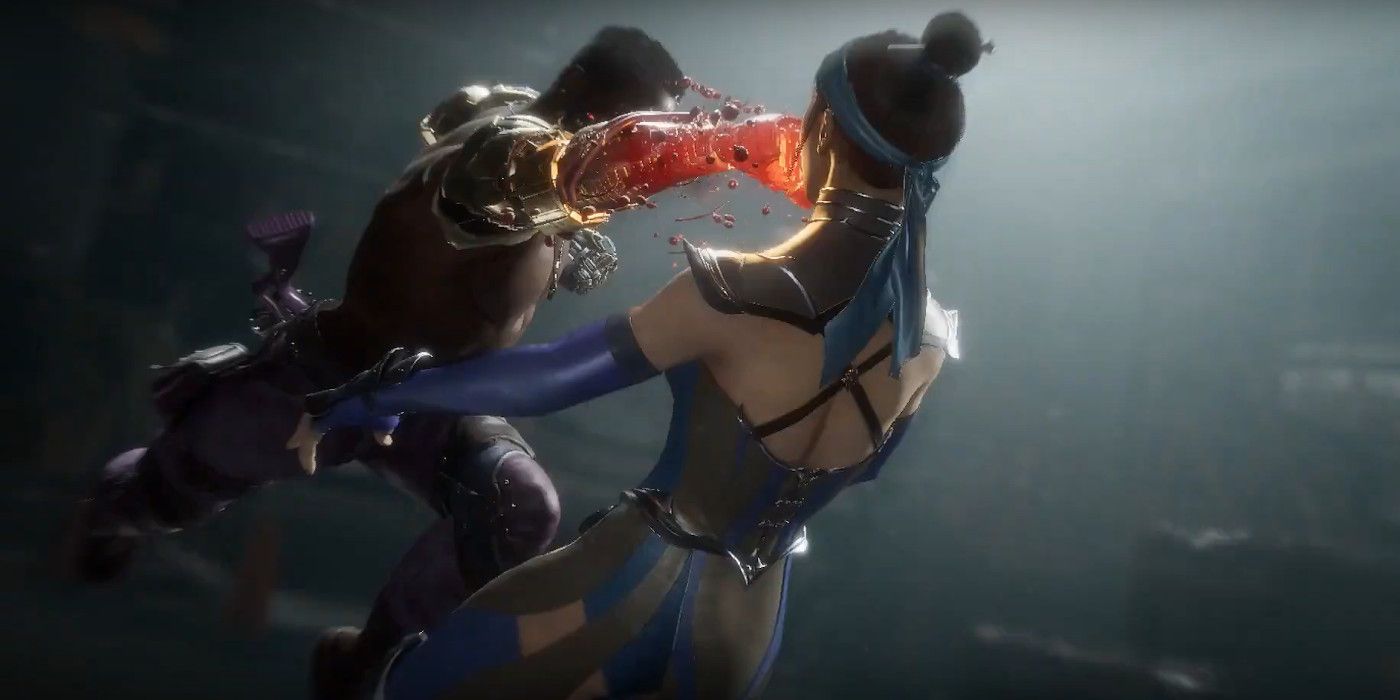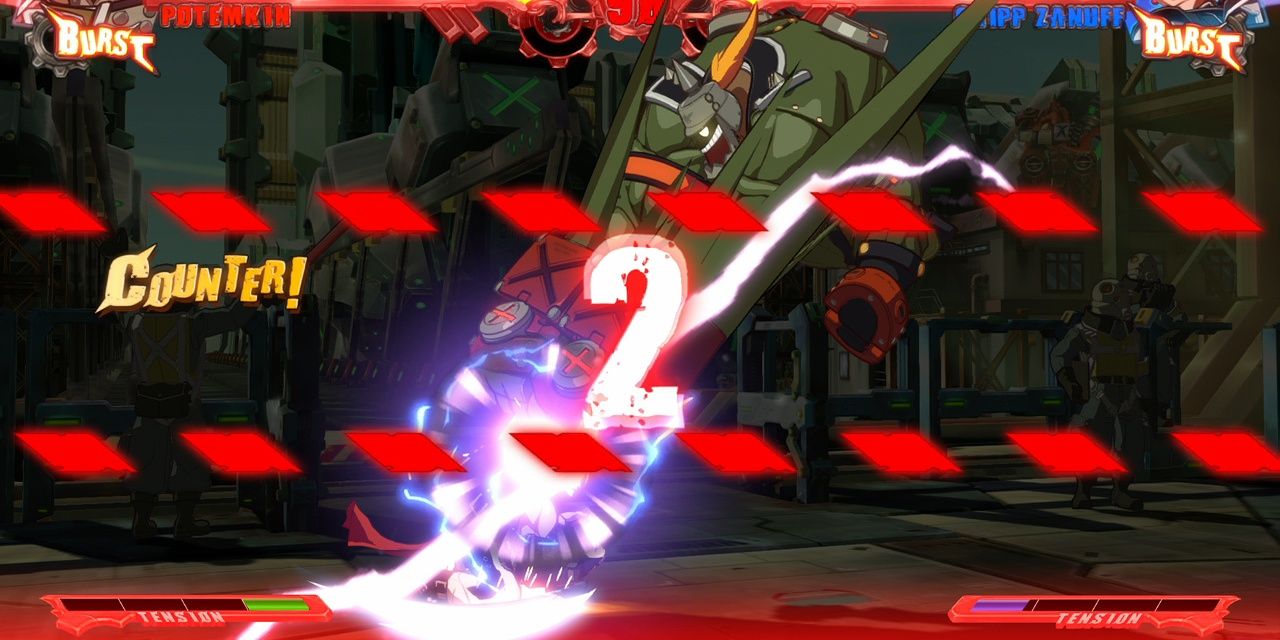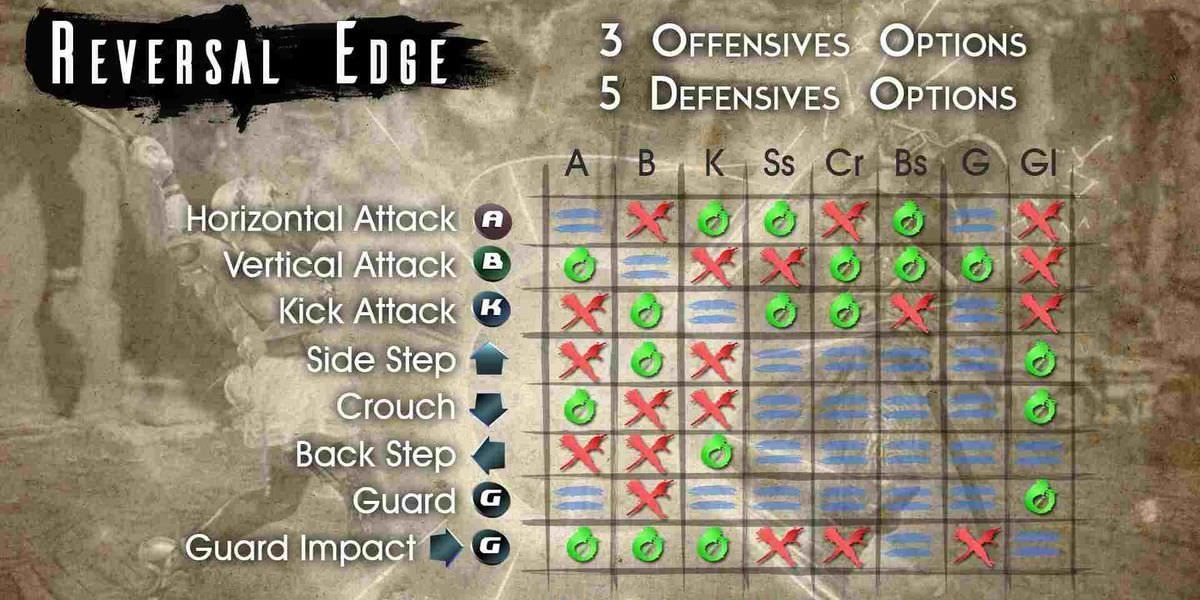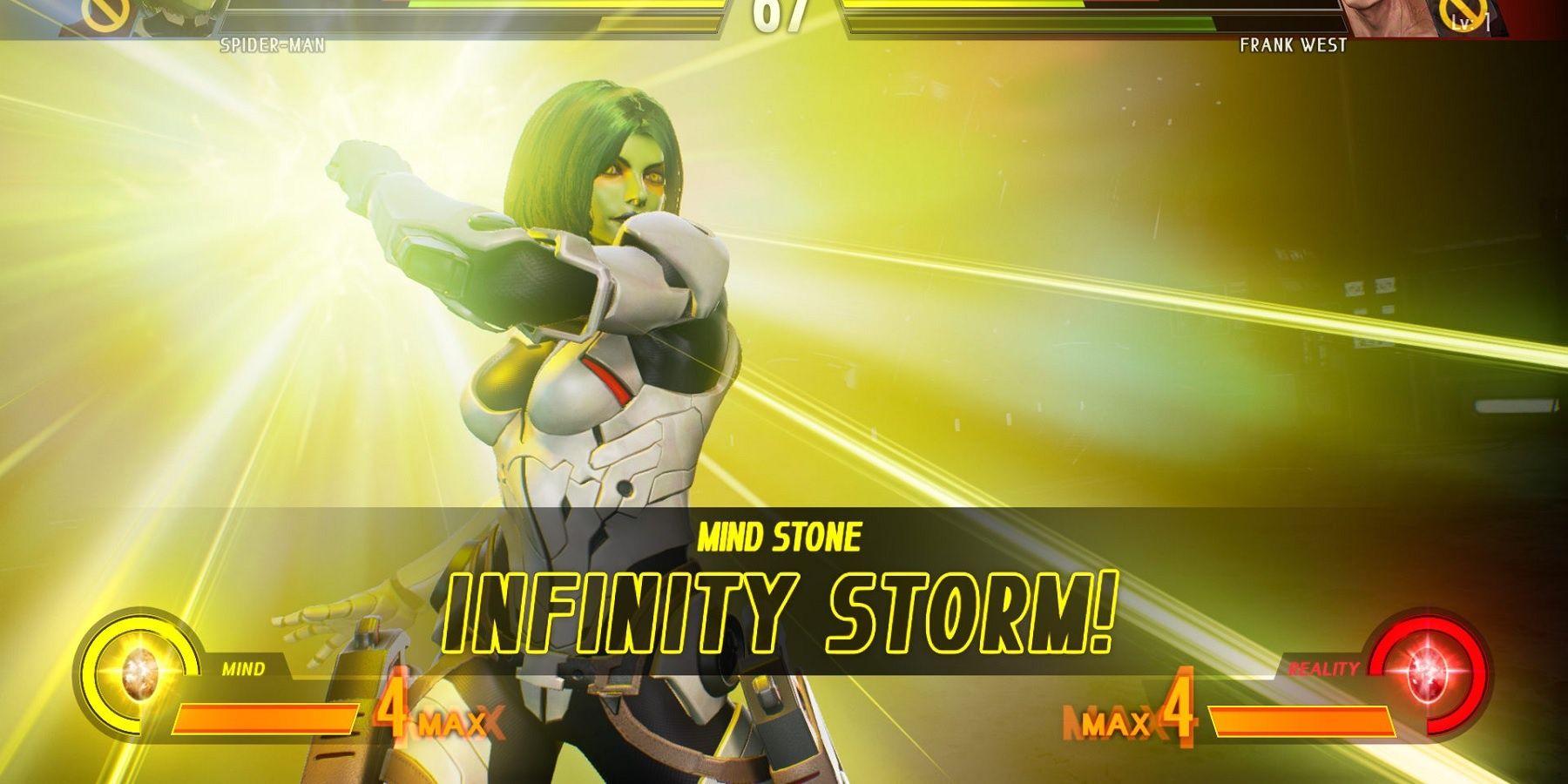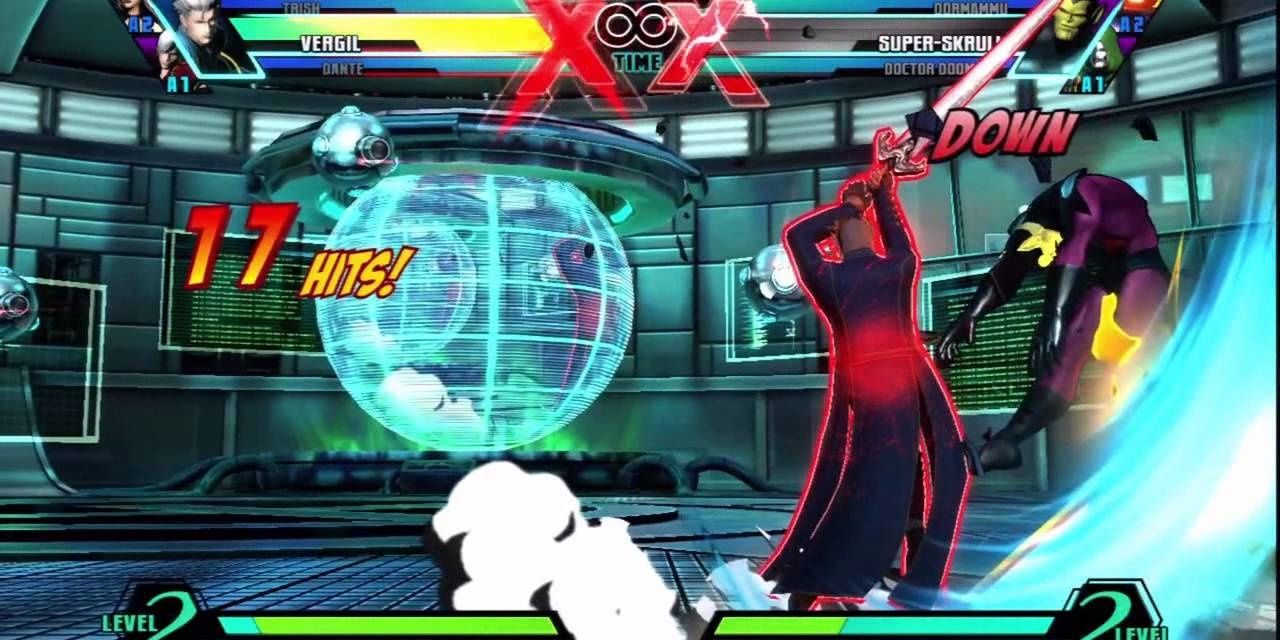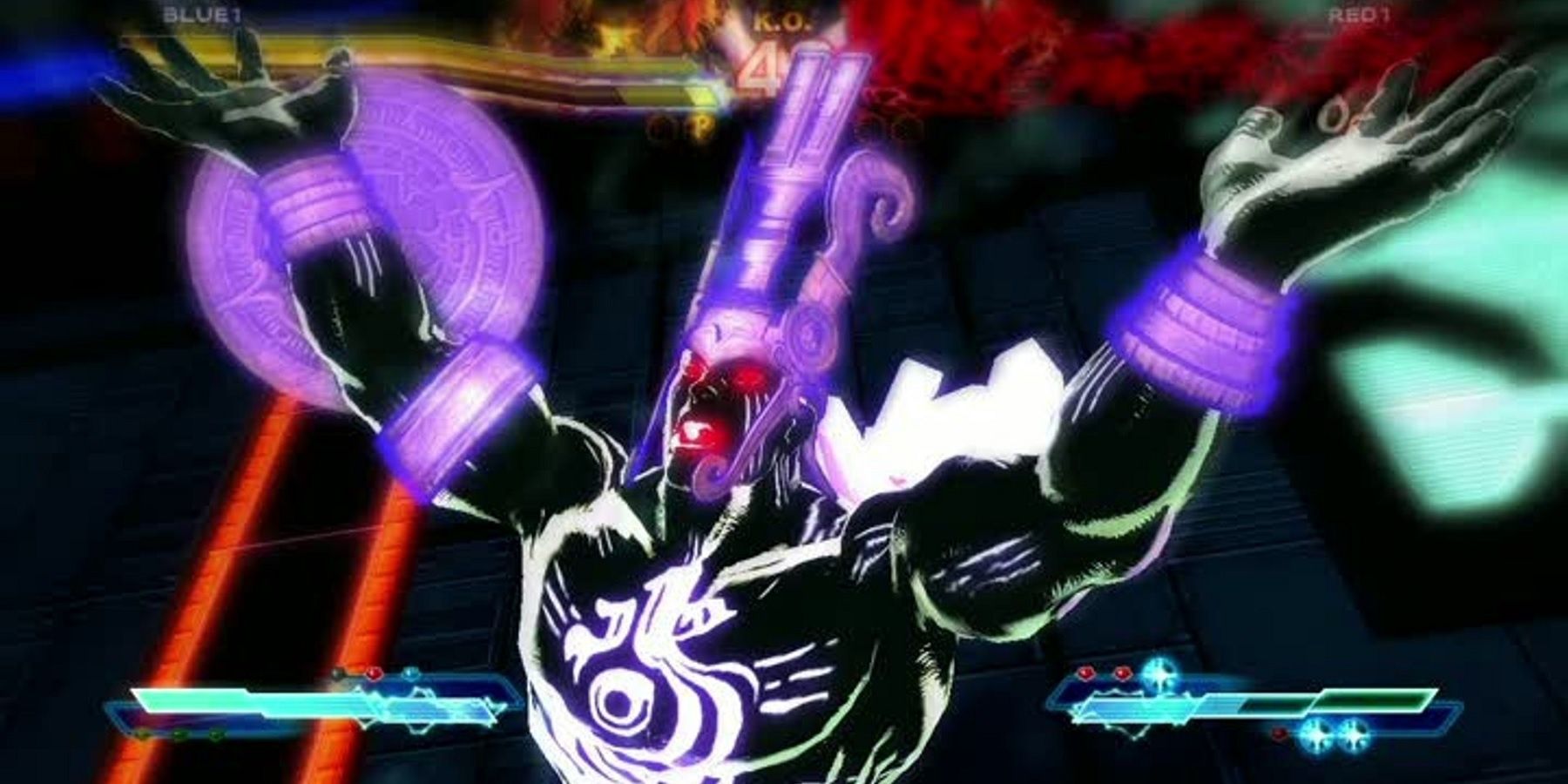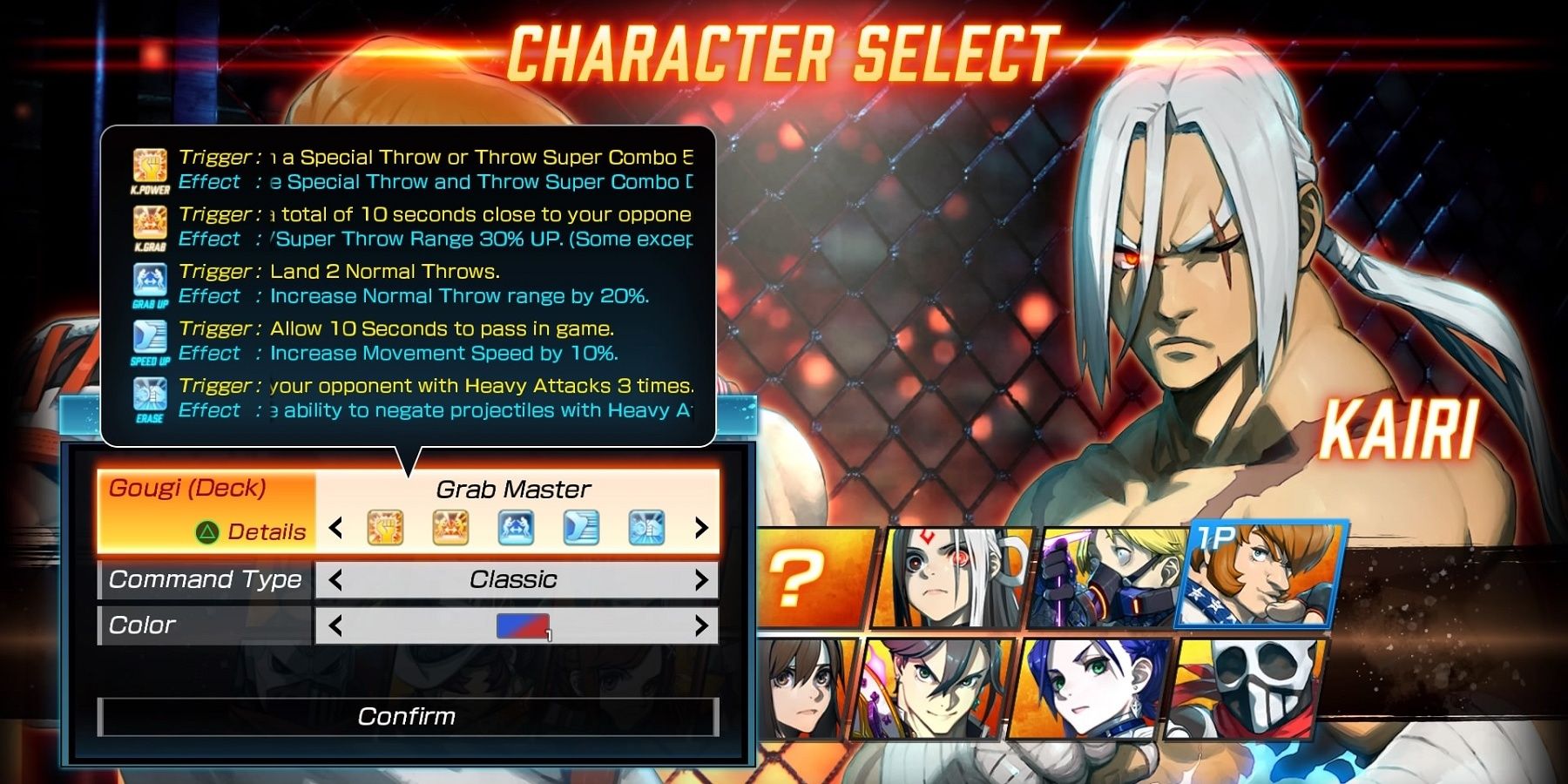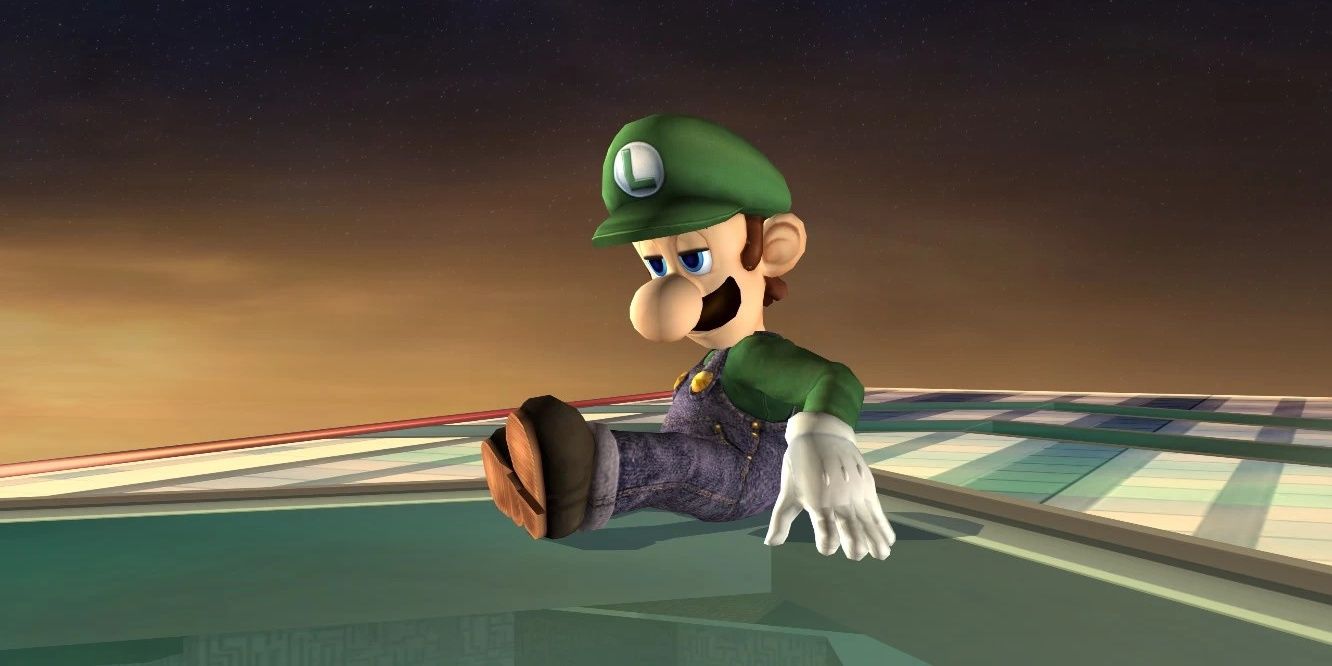Game mechanics are one of those things that look intimidating up close, but get gradually more understandable as players go on. Final Fantasy 7’s Materia are ultimately just equipment boosts to play around with. All that gear in Castlevania: Symphony of the Night is a stat increase in one form or another. Then there are fighting games, which usually find one new gimmick or another to spice up two people punching each other really hard.
Street Fighter 3 had its parries and selectable “Super Arts.” The PS2 Mortal Kombat games had interchangeable fighting styles per character. King of Fighters changes its gameplay every few installments. But for every cool new feature, there’s been some bad ones. Whether they were broken, random, or just useless, these are the most frustrating fighting mechanics, and how they could’ve been improved.
8 Mortal Kombat 11: Fatal Blows
Street Fighter 4 brought fighting games back in style, and popularized comeback mechanics via its Ultra Combos. They were powerful super moves linked to a gauge that filled up each time the player took damage. That way they could be used to turn the tide in their favor if they were doing badly. It rankled some players as they didn’t like the idea of being “rewarded” for getting their butt kicked. Nonetheless, it persisted.
Tekken 7 followed suit with their Rage Arts, as did Mortal Kombat 11 with Fatal Blows. Once the player was low on health, they could press two buttons to retaliate with a long, grisly super. If they were single-use only like Rage Arts or needed to charge up like SF4’s Ultra Combos, they wouldn’t be so bad. As they are, they can pretty much be used as often as the player likes until it connects…provided they survive long enough to use it.
7 Guilty Gear Xrd: Danger Time
If there’s anything that annoys a fighting game player, it’s random chance. That’s fine for a Mario Party game or something crazy like that. But it can be annoying when stuff happens in a big match “just because.” Take Danger Time for example. In previous Guilty Gear games, weapon clashes were just a fun way of deflecting hits with hits. In GG Xrd, it became an opportunity for a power-up.
Whenever weapons clash, there’s a chance the action will pause, bring up a counter, and start “Danger Time.” It gives both players a Tension meter boost, a strength buff, and extra perks. It sounds cool, though winning/losing just because the right clash happened at the right time is pretty dirty. It might’ve been better if it was a Sudden Death feature for final rounds or an optional low-health perk like Tekken’s Rage or Garou: Mark of the Wolves' TOP meter.
6 SoulCalibur 6: Reversal Edge
As great as SoulCalibur 6’s return to form was, there's currently no news about the series coming back for more games. Still, hope springs eternal for this tale of souls and swords. If it does return, fans are hoping it leaves Reversal Edge on the scrap heap next to SoulCalibur 5’s Patroklos and Pyrrha. By pressing G+B (or R1/RB), players would strike their opponent and force them into a game of rock-paper-scissors.
Except it has eight choices instead of three, and most of those clashes result in a draw than an actual advantage. It was random and largely pointless. Outright skipping it would probably be for the best. But if there was a way to improve on it, reducing it to a binary choice (win/lose) for bonuses like Injustice's Clashes sounds more workable.
5 Marvel Vs Capcom: Infinite: Infinity Stones
Marvel Super Heroes took advantage of the comic’s Infinity Gauntlet storyline to introduce the Power Gems. Once one was collected, they’d produce a temporary power-up or character-specific ability. It was fun, crazy, and could be switched off if players wanted to keep things simple. Their return as the Infinity Stones in Marvel Vs Capcom: Infinite was much more divisive.
For one, players had to pick any one of the six stones alongside their tag teams. Then they’d provide an extra special move that players could do at any time and a Level 3 super that could refill the Super gauge, trap the opponent in a box, or bring both player characters out to fight a la Marvel Vs Capcom 1’s Duo Team Attack. It took something that worked fine in MSH and broke it by making it too strong and unavoidable.
4 Ultimate Marvel Vs Capcom 3: X-Factor
Still, it could’ve been worse. When Capcom made Ultimate Marvel Vs Capcom 3, they gave it a new comeback mechanic in X-Factor. Once activated, it would make the character glow red, move faster, and deal more damage. The fewer partners the player had left, the stronger it would get, and it would last a fair while depending on the character. For most, its length of time was long enough to turn the tide.
In fact, some teams would be built around popping it off at the right time. Just pick two characters who can build meter fast, sacrifice them once the super gauge is maxed out, switch to Phoenix, let her get killed to become Dark Phoenix, then switch on X-Factor and spam projectiles to win. Even if Phoenix wasn’t in the game, X-Factor would need toning down to be fairer, like removing the increasing strength per KO’d partners for a start.
3 Street Fighter X Tekken: Pandora
UMvC3’s X-Factor’s broken reputation was so sore at the time of its release that it likely led to this infamous overcorrection. In the run-up to Street Fighter X Tekken’s release, then-community manager Seth Killian and Capcom in general assured fans that its Pandora function wasn’t going to be a broken comeback mechanic like X-Factor. In a way, they told the truth. It wasn't broken like X-Factor; it was broken as in it was useless.
If the player’s point character had 25% or less health, they could activate Pandora to sacrifice that character and boost their partner’s strength and speed while giving them infinite super meter. The catch? If they didn’t KO their opponent before the gauge ran out, they’d instantly lose the match! With hindsight being 20/20, it might’ve worked better without the timer and infinite meter. It would be a more generic power-up, but it would’ve been more useful that way.
2 Fighting EX Layer: Gougi
Pandora was just one of many issues with SFxT, from the on-disc DLC to its Gems system, where players had to pick out specific power-ups like auto-throw breaks, minor strength upgrades, etc. Most fans saw them as a solution to problems that already had answers (e.g. press throw back to break throws). The odd thing is that Arika saw this and thought they could do it better in Fighting EX Layer.
The Gougi system was essentially the same as SFxT’s gems, in that players had to pick their "deck" of perks before fighting. Only instead of pressing buttons, players had to meet conditions like perform an X-hit combo or do X amount of damage to activate its perks. Arika has since lost faith in the mechanic as they took it out of the FEXL: Another Dash update. Clearly, MSH had the right idea with power-ups like this: keep these upgrades simple and toggleable.
1 Super Smash Bros Brawl: Tripping
Most of these mechanics are meant to give casual fans a break, as it can be hard enough getting into fighting games without getting stomped by diehards who were raised on frame data. While the serious fighters have gradually gotten better at appealing to fans who don't want to look up what a Canadian Burst is, Super Smash Bros had the opposite issue. Nintendo and HAL Labs originally made the games to be wacky, random party games with weapons and Pokemon.
So, when they saw Melee tournament enthusiasts switching items off in favor of Fox mirror matches on Final Destination, they must’ve been a little annoyed. So, Super Smash Bros Brawl made the characters trip up based on how many steps they took or times they turned around. That way it'd be random even for tournament bros. Eventually, they’d cater to both crowds in Super Smash Bros for Wii U/3DS onwards with For Fun options for chaotic party bouts, and the For Glory fights for serious skill matches.

